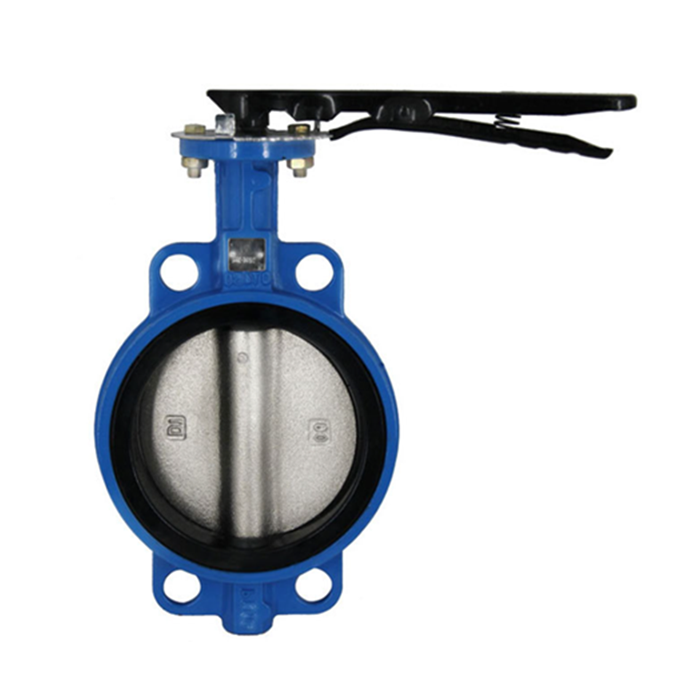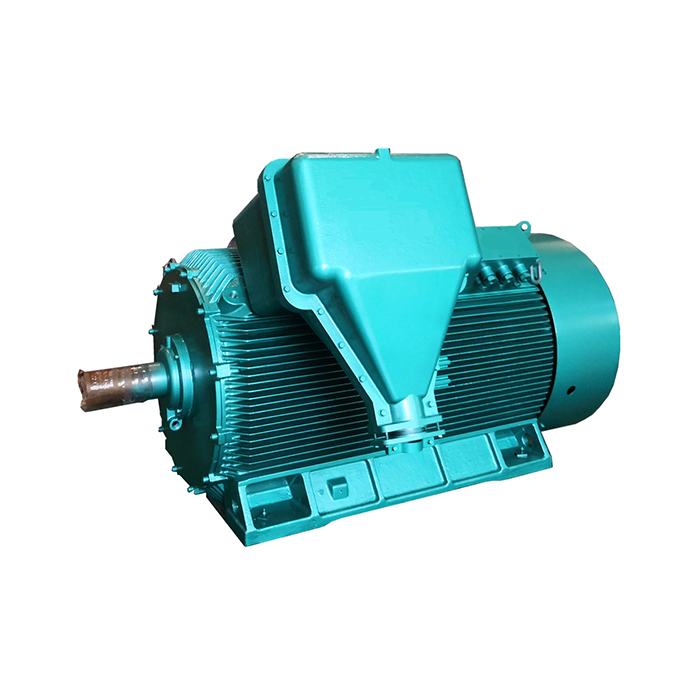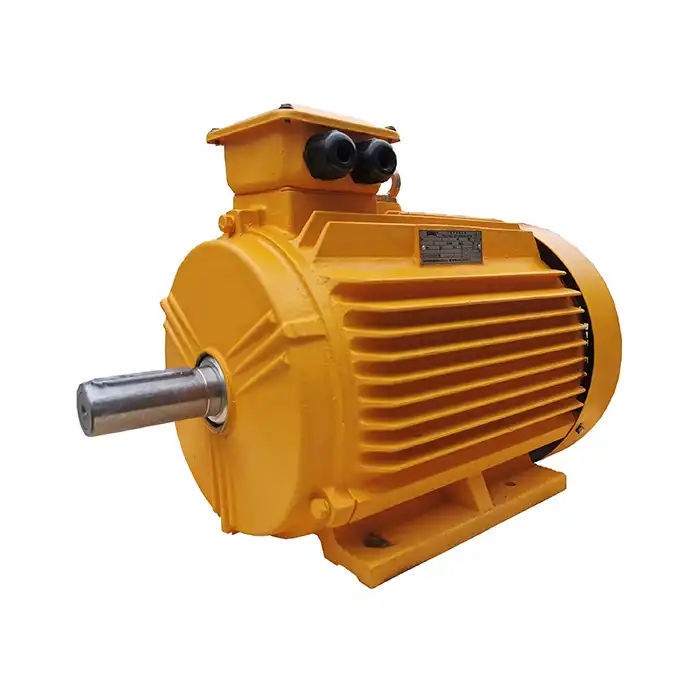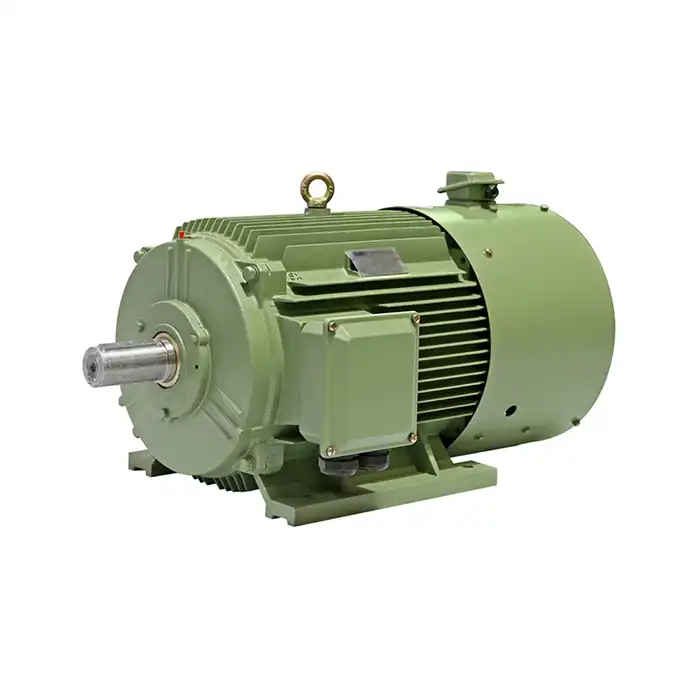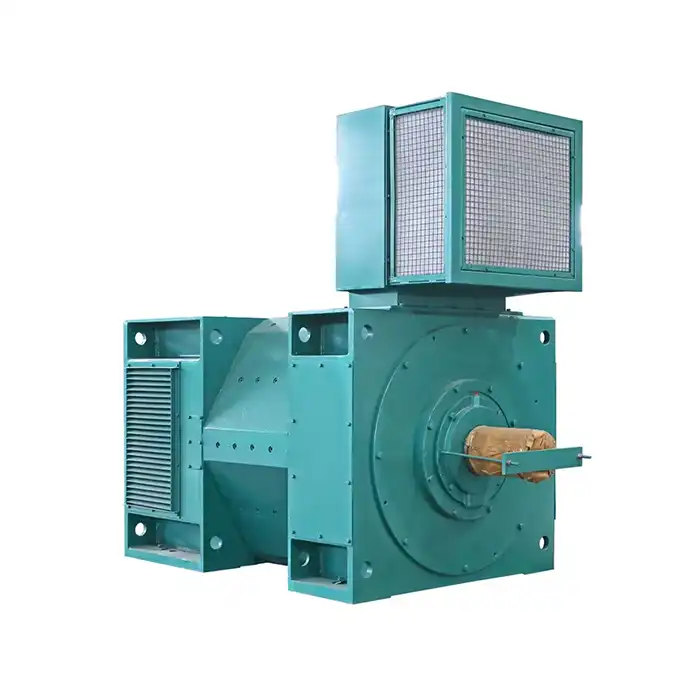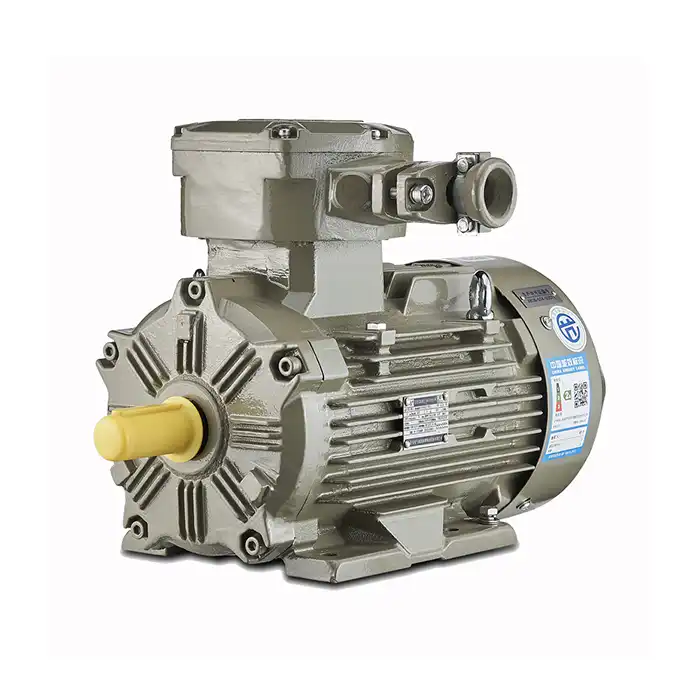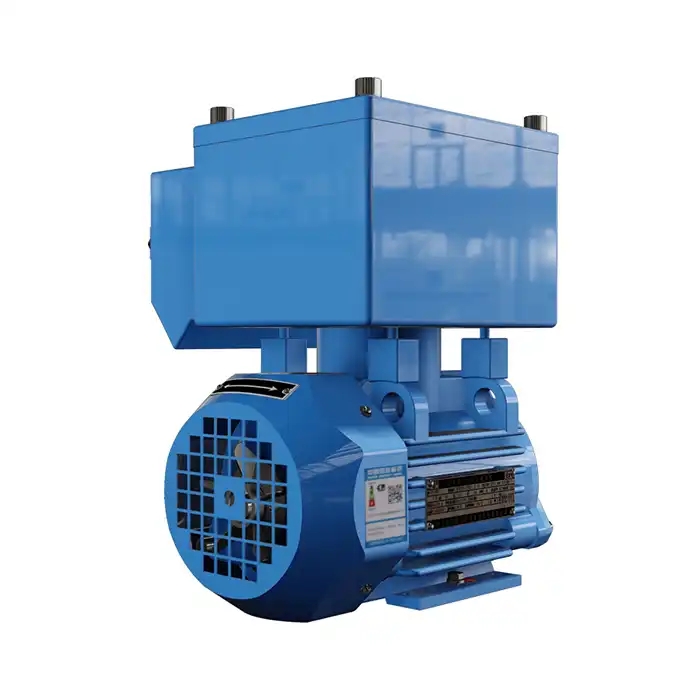Understanding IE4 Motor Technology
IE4 motors represent a significant advancement in motor efficiency, building upon the strengths of their predecessors while incorporating innovative design elements to minimize energy losses.
The Basics of Squirrel Cage Induction Motors
Squirrel cage induction motors are a type of asynchronous AC motor, named for the distinctive appearance of their rotor, which resembles a cage. These motors are known for their simplicity, reliability, and cost-effectiveness, making them a popular choice across various industries.
Key Features of IE4 Motors
IE4 induction motors are designed with several key features that contribute to their superior efficiency:
- Advanced magnetic materials
- Optimized rotor and stator designs
- High-quality copper windings
- Precision manufacturing techniques
- Enhanced thermal management systems
Technological Advancements in IE4 Motors
The efficiency of IE4 motors is the result of continuous technological advancements, including:
- Use of low-loss electrical steel in the stator and rotor
- Implementation of advanced winding techniques
- Incorporation of high-performance bearings
- Utilization of computational fluid dynamics for improved cooling
Comparing IE4 to Lower Efficiency Classes
To appreciate the efficiency of IE4 motors, it's essential to understand how they compare to motors of lower efficiency classes.
Efficiency Classifications Explained
The International Electrotechnical Commission (IEC) has established efficiency classes for electric motors, ranging from IE1 (Standard Efficiency) to IE5 (Ultra-Premium Efficiency). IE4 stands for Super-Premium Efficiency, representing a significant improvement over IE3 (Premium Efficiency) motors.
Efficiency Gains of IE4 Motors
IE4 induction motors typically offer efficiency improvements of 1-2% compared to IE3 motors. While this may seem small, it translates to substantial energy savings over the motor's lifetime, especially for motors that operate continuously.
Performance Characteristics
Besides improved efficiency, IE4 motors often exhibit other enhanced performance characteristics:
- Lower operating temperatures
- Reduced noise levels
- Improved power factor
- Greater overload capacity
Real-world Energy Savings with IE4 Motors
The true value of IE4 motors becomes apparent when examining their impact in real-world applications.
Case Studies and Applications
Numerous industries have benefited from the implementation of IE4 motors:
- Manufacturing facilities have reported energy savings of up to 10% after upgrading to IE4 motors
- Water treatment plants have seen significant reductions in pump energy consumption
- HVAC systems in commercial buildings have achieved improved efficiency and reduced operating costs
Long-term Cost Benefits
While IE4 motors may have a higher initial cost, their energy savings often result in a rapid return on investment:
- Typical payback periods range from 1 to 3 years, depending on usage patterns and energy costs
- Over a 10-year period, the total cost of ownership for an IE4 motor is often significantly lower than that of lower efficiency motors
Environmental Impact
The increased efficiency of IE4 motors translates to reduced energy consumption and, consequently, lower greenhouse gas emissions. This aligns with global efforts to combat climate change and promote sustainable industrial practices.
Considerations for Motor Selection
When considering an upgrade to IE4 motors, several factors should be taken into account:
- Motor load profile and duty cycle
- Operating environment
- Compatibility with existing systems
- Local energy costs and regulations
Future Trends in Motor Efficiency
As technology continues to advance, we can expect further improvements in motor efficiency:
- Development of IE5 and beyond efficiency classes
- Integration of smart technologies for optimized motor control
- Advancements in materials science leading to even lower losses
Maintenance and Reliability
IE4 induction motors often require less maintenance due to their improved design and lower operating temperatures. This can lead to reduced downtime and lower maintenance costs over the motor's lifetime.
Regulatory Landscape
Many countries are implementing or considering regulations that mandate the use of high-efficiency motors. Understanding these regulations is crucial for businesses planning long-term equipment investments.
Challenges in Adoption
Despite their benefits, there are challenges in the widespread adoption of IE4 motors:
- Higher initial costs
- Need for education and awareness among end-users
- Potential need for system modifications to accommodate IE4 motors
Integration with Variable Frequency Drives
The combination of IE4 motors with variable frequency drives (VFDs) can lead to even greater energy savings, particularly in applications with variable load requirements.
Industry-Specific Applications
Different industries can benefit from IE4 motors in unique ways:
- In the oil and gas industry, IE4 motors can improve the efficiency of pumping operations
- In the food and beverage sector, these motors can enhance the performance of processing equipment
- In the mining industry, IE4 motors can contribute to more efficient material handling and processing
Global Market Trends
The global market for IE4 motors is experiencing significant growth, driven by increasing awareness of energy efficiency and stringent regulatory standards. This trend is expected to continue in the coming years.
Conclusion
In conclusion, squirrel cage IE4 induction motors represent a significant advancement in motor technology, offering substantial efficiency improvements over lower efficiency classes. Their ability to reduce energy consumption, lower operating costs, and minimize environmental impact makes them an attractive option for a wide range of industrial applications. As energy efficiency continues to be a priority across industries, the adoption of IE4 motors is likely to increase, driving further innovations in motor technology.
Are you looking to upgrade your industrial motor systems with high-efficiency solutions? Shaanxi Qihe Xicheng Electromechanical Equipment Co., Ltd. specializes in providing cutting-edge power equipment solutions, including IE4 induction motors. Our team is dedicated to delivering energy-efficient, low-consumption, and stable power equipment tailored to your specific needs. Whether you're in manufacturing, process control, HVAC, energy production, or any other industrial sector, we have the expertise to help you optimize your operations. Contact us today at xcmotors@163.com to learn more about how our IE4 motors can transform your energy efficiency and reduce your operational costs.
References
1. Smith, J. (2022). "Advancements in Squirrel Cage IE4 Induction Motor Design". Journal of Electric Motor Technology, 45(3), 178-195.
2. Johnson, A., & Brown, T. (2021). "Comparative Analysis of IE3 and IE4 Motor Efficiency in Industrial Applications". Energy Efficiency in Industry, 18(2), 89-104.
3. International Electrotechnical Commission. (2023). "IEC 60034-30-1: Rotating electrical machines - Part 30-1: Efficiency classes of line operated AC motors".
4. Garcia, M., et al. (2022). "Economic Impact of IE4 Motor Implementation in Manufacturing Sectors". Industrial Energy Management, 29(4), 412-428.
5. Lee, K., & Park, S. (2023). "Thermal Performance and Reliability of IE4 Induction Motors". IEEE Transactions on Industrial Electronics, 70(8), 7345-7358.
6. Wilson, R. (2021). "Future Trends in High-Efficiency Motor Technologies". Sustainable Power Systems Review, 12(1), 45-62.




